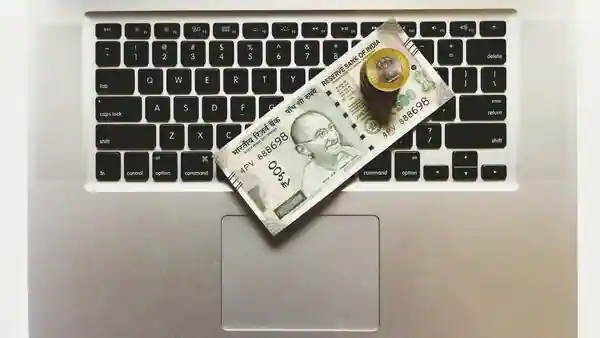
The ability to plan for unforeseen events that may otherwise have a big impact on one’s money is essential to maintaining financial stability. Job loss, medical problems, auto repairs and home repairs are a few examples of such occurrences. An emergency fund can provide you a sense of security and safeguard you from unplanned financial difficulties.
To build an emergency fund, take the following actions:
Start small
You can’t start accumulating an emergency fund overnight. Setting modest goals at first will allow you to progress. Make it a habit to consistently save that amount, even if it’s only a few dollars per week.
Target amount
Identifying the amount you need to save for your emergency fund is the first step. Saving three to six months’ worth of living expenses is advised by financial experts. Your circumstances, including the number of dependents, the stability of your employment and your state of health may affect this amount.
Automate savings
Consider automating the process to make sure you constantly save money for your emergency fund. A recurring transfer from your checking account to your emergency fund account should be set up.
Separate account
Your emergency money should be kept distinct from your other savings and checking accounts by opening a separate account for it. By doing this, you can prevent mistakenly using the funds for non-emergency costs.
Cut expenses
You might look for strategies to reduce spending to hasten the process of accumulating your emergency fund. You can do this by cutting back on unnecessary spending like eating out or subscription services.
Maximise income
Look into strategies to boost your income if at all possible. A part-time job or freelance employment can be taken up to accomplish this. Along with cutting your expenses, it is also important to look for additional income.
Hands off!
Avoid using money from your emergency fund for non-essential costs. Use it only in genuine emergencies. If you keep using it for non-emergency reasons, you may not have it available when you really need it.
Although it could take some time, creating an emergency fund is a crucial step towards obtaining financial stability. By taking these actions, you may plan for unforeseen costs and enjoy the peace of mind that comes from knowing you have enough money set aside for unforeseen bills.
























